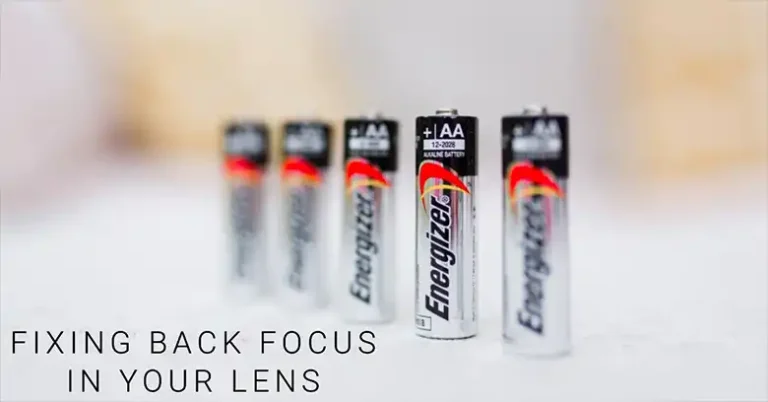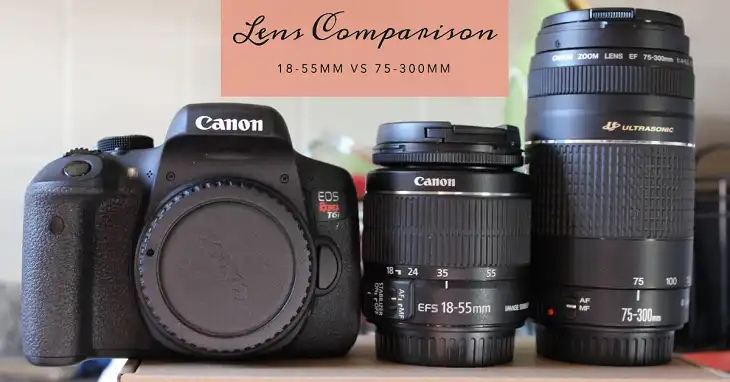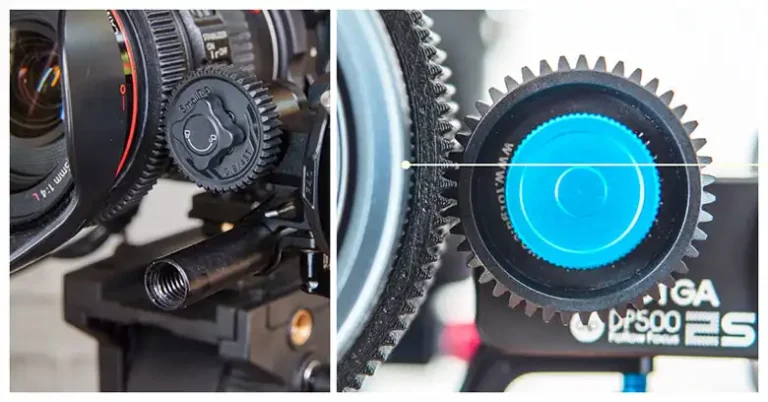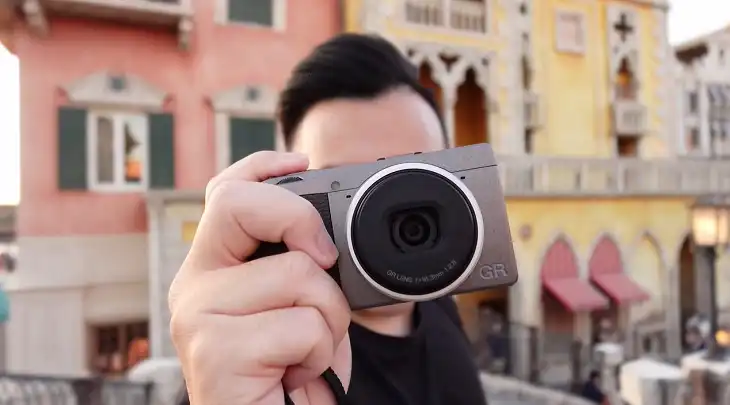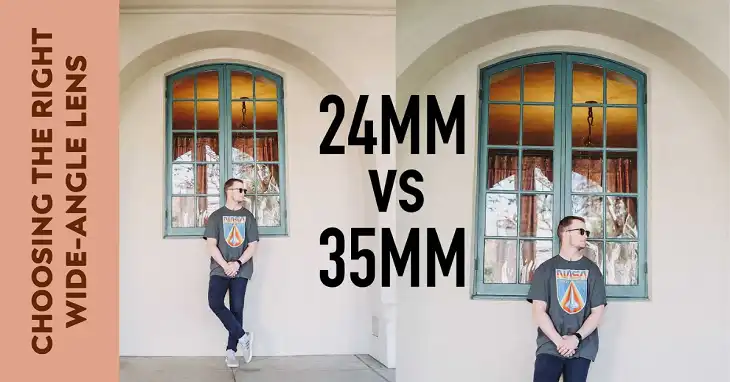Samyang Vs Sigma: The Complete Comparison
In the world of photography, third-party lens manufacturers like Samyang and Sigma have gained immense popularity among budget-conscious photographers. These companies offer a wide range of lenses at affordable prices, providing an alternative to the often more expensive first-party options from camera manufacturers.
When comparing Samayang against Sigma lenses, Samayang clearly comes off as a more price-friendly option, however, Sigma wins in terms of image and build quality.
This article aims to compare Samyang and Sigma lenses across various aspects, helping you make an informed decision when choosing between these two brands.

Samyang Vs Sigma: Key Comparison Points
Let’s start things off with a quick comparison table:
| Aspect | Samyang | Sigma |
| Sharpness | Very Good | Excellent |
| Bokeh | Good to Very Good | Excellent |
| Color Rendering | Slight Cool/Warm Tint | Natural and Accurate |
| Lens Aberration Control | Good | Excellent |
| Build Quality | Mostly Plastic, Some Metal | High-Quality Metal and Plastics |
| Weather Sealing | Generally No | Some Models Weather Sealed |
| Ergonomics | Good | Excellent |
| Autofocus Speed | Decent | Fast and Accurate |
| Focus Breathing | Present | Minimal |
| Silent Focusing | Limited Options | Several Options Available |
Below, we’ll break down the differences between Samyang and Sigma in detail.
Price
Samyang and Sigma lenses are generally more affordable than their first-party counterparts. For example, a Samyang 35mm f/1.4 prime lens might cost around $500, while a comparable Sigma 35mm f/1.4 Art lens could be priced around $800. Both brands offer excellent value for money, but Samyang tends to be the more budget-friendly option.
Image Quality
Sharpness: Both Samyang and Sigma lenses are known for their impressive sharpness, particularly when stopped down to smaller apertures. However, Sigma’s Art series lenses tend to deliver slightly better overall sharpness, especially at wider apertures.
Bokeh
The quality of the out-of-focus areas, or bokeh, is crucial for many photographers. Sigma’s Art series lenses are renowned for their smooth and creamy bokeh, which can create beautiful background blur. Samyang lenses, while capable of producing pleasing bokeh, may exhibit some roughness or onion bokeh in certain situations.
Color Rendering
Sigma lenses are often praised for their accurate color reproduction and natural tones. Samyang lenses, on the other hand, may have a slightly cooler or warmer color signature, which some photographers prefer for their creative style.
Lens Aberrations
Both brands have made significant strides in controlling lens aberrations like chromatic aberration and vignetting. Sigma’s Art series lenses generally exhibit better control over these issues, but Samyang’s higher-end offerings are also quite capable in this regard.
Build Quality: Materials
Sigma’s Art series lenses are constructed with high-quality metal and engineering plastics, resulting in a solid and durable build. Samyang lenses, while generally well-built, may use more plastic components to keep costs down.
Weather Sealing
Some of Sigma’s Art series lenses, particularly the higher-end models, offer weather sealing for protection against dust and moisture. Samyang lenses typically lack weather sealing, making them less suitable for harsh outdoor conditions.
Ergonomics
Both brands offer decent ergonomics, with well-damped focus rings and comfortable handling. However, Sigma’s Art series lenses tend to have a more premium feel and better overall handling experience.
Autofocus Performance
Speed and Accuracy: Sigma’s Art series lenses are known for their fast and accurate autofocus performance, thanks to their advanced focusing motors and algorithms. Samyang lenses, while capable, may not match the speed and precision of Sigma’s top-tier offerings.
Focus Breathing
Focus breathing, where the apparent focal length changes during focusing, can be a concern for videographers. Sigma’s Art series lenses generally exhibit less focus breathing compared to Samyang’s offerings.
Silent Focusing
Some of Sigma’s Art series lenses feature silent focusing mechanisms, making them ideal for video work. Samyang lenses may produce audible focusing noise, which could be problematic in certain situations.
Lens Selection
Sigma offers a more extensive range of lens options, covering a wide variety of focal lengths and lens types, including prime, zoom, macro, and specialized lenses. Samyang’s lineup is more limited, with a focus on prime lenses and a few zoom options.
Samyang Vs Sigma: Lens Specific Comparisons
35mm Prime Lenses
The Samyang 35mm f/1.4 and Sigma 35mm f/1.4 Art are popular choices for full-frame cameras. The Sigma lens offers better overall image quality, with superior sharpness and bokeh, but comes at a higher price point. The Samyang lens is an excellent value option, delivering impressive performance for its cost.
50mm Prime Lenses
The Samyang 50mm f/1.4 and Sigma 50mm f/1.4 Art are versatile and budget-friendly options for various shooting situations. The Sigma lens has an edge in terms of sharpness and color rendering, while the Samyang lens is more affordable and still delivers excellent image quality.
85mm Prime Lenses
The Sigma 85mm f/1.4 Art is a highly regarded portrait lens, known for its exceptional sharpness, beautiful bokeh, and accurate autofocus performance. Samyang offers a more budget-friendly 85mm f/1.4 option, but it may not match the Sigma lens in terms of overall image quality and autofocus performance.
End Notes
Both Samyang and Sigma offer excellent third-party lens options for photographers on a budget. Samyang lenses are generally more affordable and provide great value for money, making them an attractive choice for those starting out or looking to expand their lens collection without breaking the bank. On the other hand, Sigma’s Art series lenses are more expensive but deliver superior image quality, build quality, and autofocus performance, catering to more demanding photographers and professionals.

